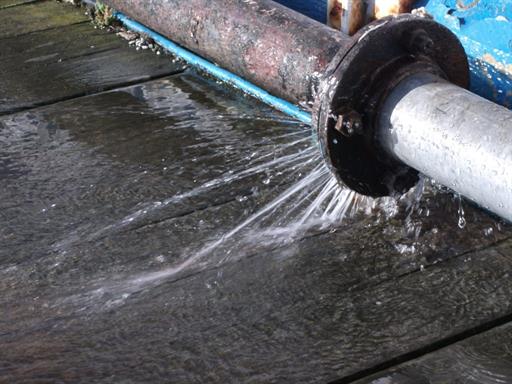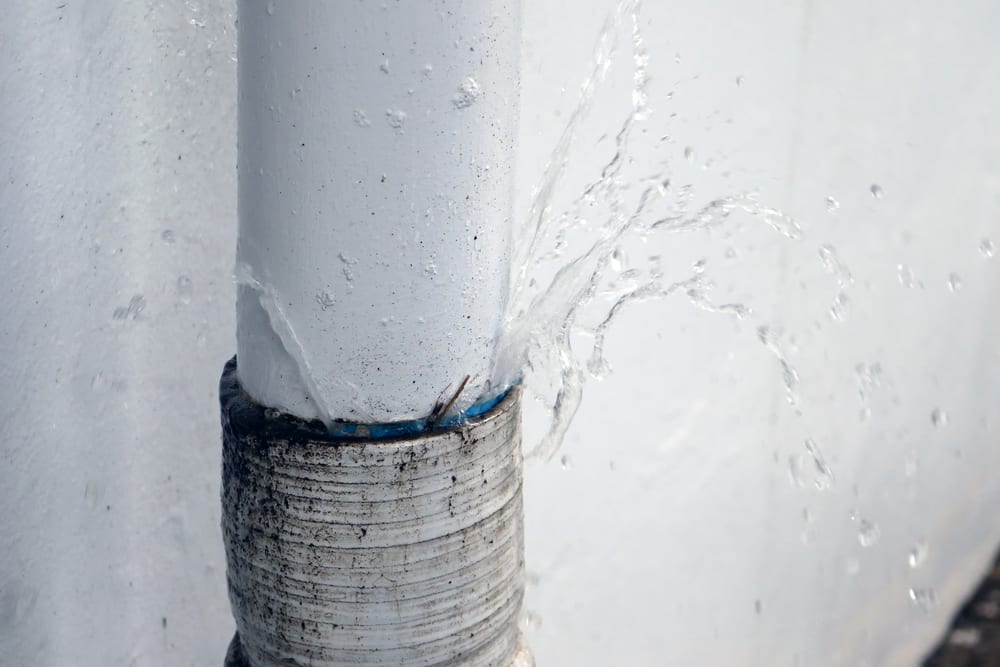The content following next on the subject of What to Know Before Installing a Dishwasher is quite attention-grabbing. Read on and make your own final thoughts.

A ruptured pipeline is a significant emergency; you can only stand as you watch water you pay a lot to rejoin with the earth. In worse instances, you see a swimming pool on your kitchen floor, which is a great journey risk, especially if you have youngsters around. If the pipe that ruptured remained in your wall surfaces, bad news: you might need to paint that whole section.
Exactly how can a calamity like a burst pipeline be avoided and also taken care of? Well, by listening to your specialist emergency plumbing professionals as well as adhering to these guidelines.
Just how do I know when my pipelines have ruptured?
Fluctuating water stress
Pipelines do not just burst in a day. You might have observed that your kitchen faucet or shower doesn't run quickly when you turn the tap. It may stop for a few secs and then blast you with even more force than typical.
In various other instances, the water might seem normal at first, then drop in stress after a few secs.
Damp wall surfaces and water discolorations
Prior to a pipe ruptureds, it will certainly leak, many times. If this persistent dripping goes unnoticed, the leak might graduate into a vast tear in your pipe. One easy method to avoid this emergency is to keep an eye out for wet walls ad water stains. These water spots will certainly lead you right to the leak.
Puddles under pipes and sinks
When a pipeline ruptureds, the outflow forms a puddle. It might show up that the puddle is growing in dimension, and also regardless of how many times you wipe the puddle, in a couple of minutes, there's an additional one waiting to be cleansed. Typically, you may not be able to map the puddle to any noticeable pipes. This is an indicator to call an expert plumber.
Untraceable dripping sounds
Pipe bursts can take place in one of the most unpleasant areas, like within concrete, inside wall surfaces, or under sinks. When the house goes quiet, you may be able to listen to an annoyingly relentless dripping sound. Even after you have actually inspected your shower head and cooking area tap, the dripping might continue.
Beloved visitor, the dripping may be originating from a pipeline inside your walls. There isn't much you can do regarding that, except inform an expert plumber.
Shut down the Water
When water freezes, it broadens in quantity by concerning 9 percent. As well as it increases with remarkable pressure: The pressure inside pipelines may go from 40 extra pounds per square inch to 40,000 psi! No pipe can hold that much stress, so it bursts. The break may take place where the ice forms, yet more often, it happens where water pressure finds a weak point in the pipe. That might be inches or even feet from the icy location. Find the water shutoff valve as well as shut off the water to stop more damage. You could likewise require to turn off the electricity as well, depending upon where the leakages occurs as well as just how big it is.
Infected water
Many people think a ruptured pipeline is a one-way outlet. Rather the contrary. As water spurts of the hole or wound in your plumbing system, impurities find their method.
Your water might be contaminated from the source, so if you can, inspect if your water container has any troubles. Nevertheless, if your drinking water is supplied and also detoxified by the city government, you ought to call your plumber promptly if you see or smell anything funny in your water.
What do I do when I find a ruptured pipeline?
Your water meter will certainly remain to run even while your water wastes. To reduce your losses, discover the primary controls as well as transform the supply off. The water pipe are an above-ground structure at the edge of your residential property.
How to Fix & Detect a Leaking Pipe
How Do I Know if a Pipe is Leaking?
Leak detection tests can help you determine if your pipe has a leak. Even if you don’t see an apparent leak, you should still conduct leak detection tests regularly to save water and money—and prevent major damage to your home.
Water meter. It can be helpful to figure out what your usual water meter usage numbers are and then monitor them regularly. To monitor your meter, first, turn off all water faucets in your home. Check the meter and write down the numbers. In a few hours, check the meter again. If the numbers have changed, you have a leak. Water gauge. Use a water gauge to test your water pressure. Your showerhead should produce a certain amount of water pressure based on its model and design. If the pressure is lower than it is supposed to be for that specific showerhead, your home likely has a leak. Puddles. Look inside your bathroom, laundry, and kitchen sink cabinets. Puddles around the cabinets or around toilets, tubs, showers, and washing machines indicate the presence of a leaking pipe. You may also notice loose tiles, peeling or flaking paint, or mold caused by water accumulation. Napkin test. Even if you don’t see any puddles, you may still have a leak. You can test for water leaks in the bathroom, laundry, and kitchen by wiping below-sink connections with a napkin, paper towel, or piece of toilet paper. If it becomes damp, you probably have a leaking pipe under the sink. Discolored walls. Walls that are discolored—usually with brown or yellow stains—or bulging might mean that they have been impacted by water damage caused by a leaking pipe. Smell. A leaky pipe will create sitting water, and over time, that water may develop a musty smell. If your home smells musty, but you can’t locate the source, it may be due to a leak. Steps for Fixing a Leaking Pipe
A leaky drain can be remedied by tightening the pipe base, replacing the drain seal, caulking the rim, and tightening the pipe nut. Similarly, a leaking toilet pipe can be treated by tightening the packing nut. You may also need to replace the valve. A leaky faucet may just need tightening or replacement of the washers. If that doesn’t work, consider replacing your faucet. If your pipe has a hole in it, you may want to use a pipe leak sealer or pipe leak tape. This quick fix for water pipe leaks can also temporarily fix a copper pipe leak. https://www.ahs.com/home-matters/quick-tips/how-to-tell-if-pipes-are-leaking/

I stumbled upon that piece about How to install a dishwasher safely when doing a lookup on the internet. Loved our posting? Please share it. Help other people find it. We truly appreciate reading our article about How to install a dishwasher safely.
Visit My Web Page